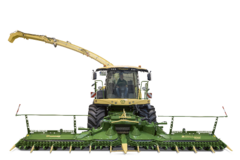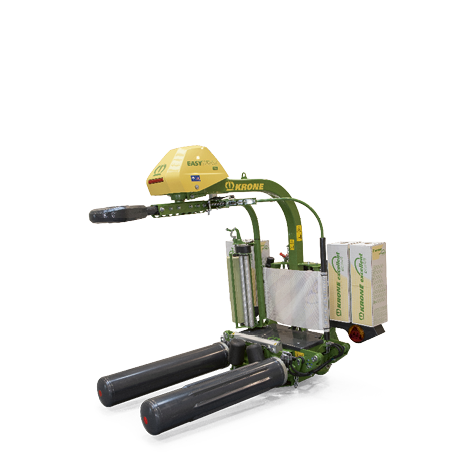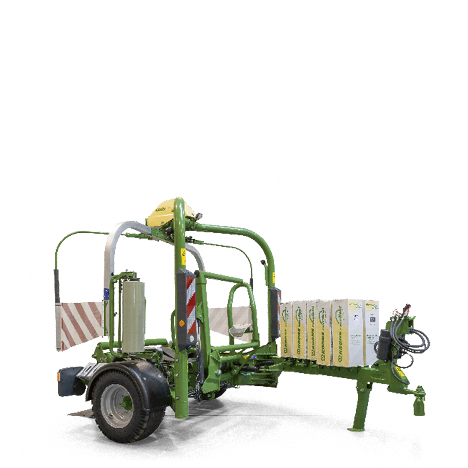-
Products
-

 Disc Mowers
Disc Mowers
-

 Rotary tedders
Rotary tedders
-

 Rotary rakes
Rotary rakes
-

 Round balers
Round balers
-
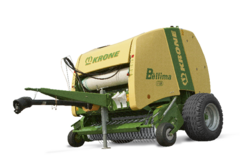 Bellima
Fixed bale chamber
Bellima
Fixed bale chamber
-
 Comprima
Fixed, semi-variable or variable bale chamber – and baler wrapper combination
Comprima
Fixed, semi-variable or variable bale chamber – and baler wrapper combination
-
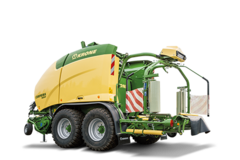 Comprima Plus
Semi-variable or variable bale chamber – and baler wrapper combination
Comprima Plus
Semi-variable or variable bale chamber – and baler wrapper combination
-
![[Translate to EN:] [Translate to EN:]](/fileadmin/_processed_/1/c/csm_VariPack_Freisteller_01_a70a02f9f9.png) VariPack
Fully variable bale chamber – specialist for dry crops
VariPack
Fully variable bale chamber – specialist for dry crops
-
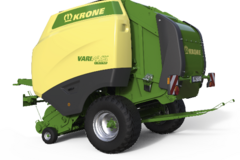 VariPack Plus
Fully variable bale chamber – specialist for dry crops
VariPack Plus
Fully variable bale chamber – specialist for dry crops
-
-

 Bale wrappers
Bale wrappers
-

 Large square balers
Large square balers
-

 Pelleting press
Pelleting press
-

 Forage wagons and trailers
Forage wagons and trailers
-
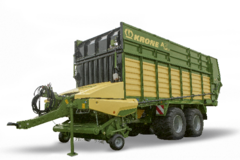 AX
Self-loading and forager-filled forage wagons – 25 to 31 m³
AX
Self-loading and forager-filled forage wagons – 25 to 31 m³
-
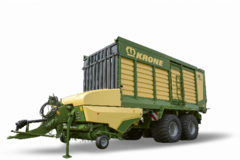 MX
Self-loading and forager-filled forage wagons – 33 to 40 m³
MX
Self-loading and forager-filled forage wagons – 33 to 40 m³
-
![[Translate to EN (UK):] [Translate to EN (UK):]](/fileadmin/_processed_/4/f/csm_RX_Freisteller_468x468px_6ecb398329.png) RX
Self-loading and forager-filled forage wagons – 33 to 40 m³
RX
Self-loading and forager-filled forage wagons – 33 to 40 m³
-
![[Translate to EN (UK):] [Translate to EN (UK):]](/fileadmin/_processed_/0/a/csm_ZX_Freisteller_468x468px_cc1e39f93f.png) ZX
Self-loading and forager-filled forage wagons – 43 to 56 m³
ZX
Self-loading and forager-filled forage wagons – 43 to 56 m³
-
 TX
Silage trailers – 46 or 56 m³
TX
Silage trailers – 46 or 56 m³
-
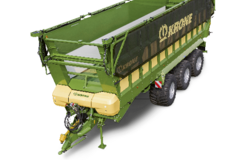 GX
General-purpose wagon – 44 or 52 m³
GX
General-purpose wagon – 44 or 52 m³
-
-

 Mower conditioner
Mower conditioner
-

 Forage harvesters
Forage harvesters
-

 KRONE Digital
KRONE Digital
-

 KRONE excellent Parts
KRONE excellent Parts
-

 KRONE Crop Packaging
KRONE Crop Packaging
-

 Finance
Finance
-
Please choose your language or country site
| International Maschinenfabrik Bernard Krone GmbH & Co. KG | DE EN FR ES RU CZ IT NL | |
| United Kingdom KRONE UK Ltd. | EN | |
| North America KRONE NA, Inc. | EN | |
| France KRONE France SAS | FR | |
| Russia OOO «КРОНЕ Русь» | RU |
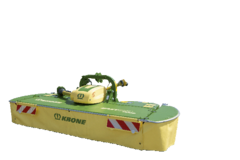
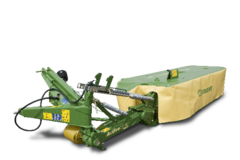
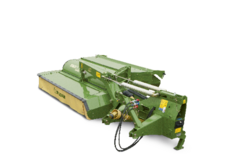
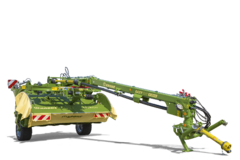
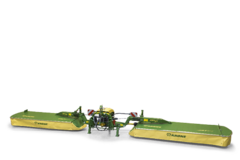
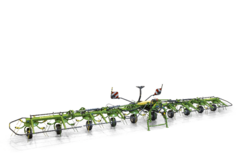
![[Translate to EN (UK):] [Translate to EN (UK):]](/fileadmin/_processed_/0/3/csm_Freisteller_KWT_468x468px_aec722e4d8.png)
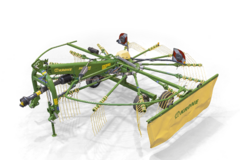


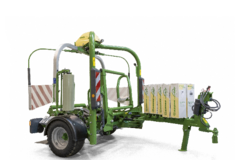
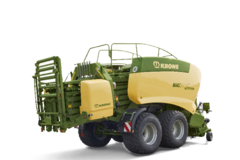
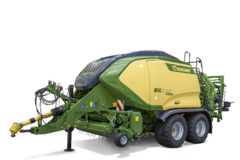
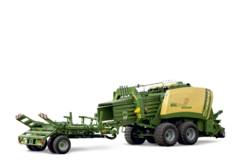
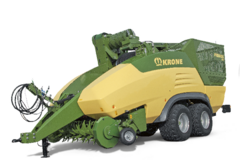
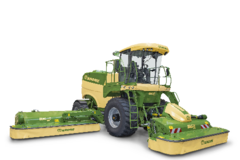
![[Translate to EN (UK):] Testname Forage harvesters - BiG X 480 · 530 · 580 · 630](/fileadmin/_processed_/4/7/csm_BiGX480_Freisteller_468x468px9_1017c2fa62.png)
